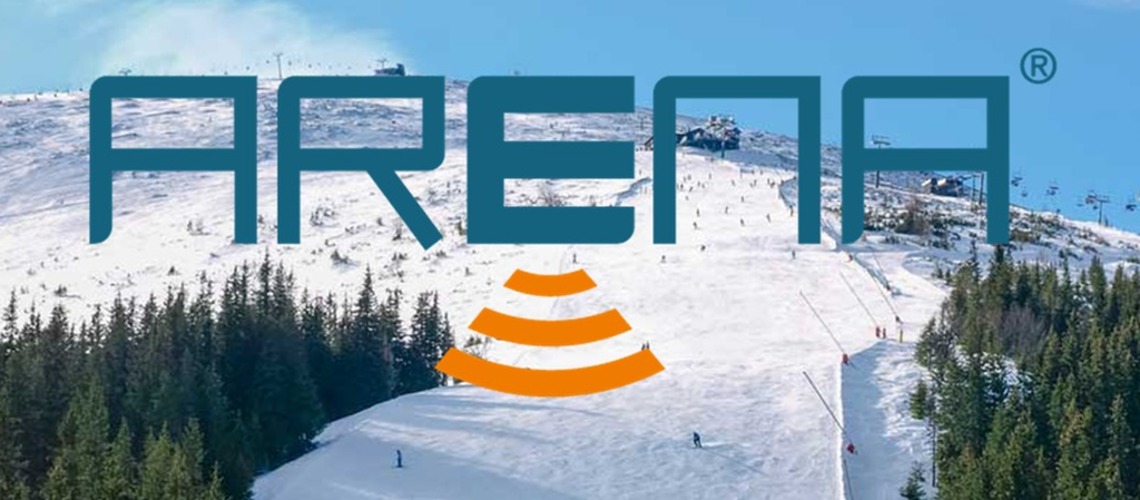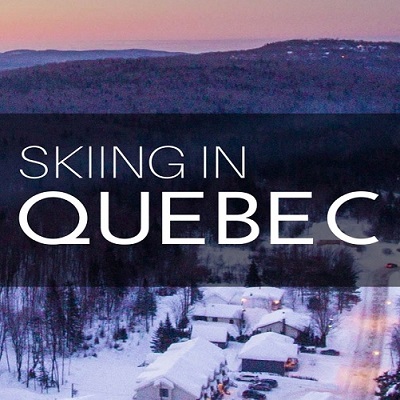ARENA: Five To Twelve - How Climate Change Affects Ski Areas In The Alpine Region

Late onset of winter, fewer snowy days and higher consumption of resources – the effects of climate change have now also reached the Alpine region. Warmer temperatures are increasingly making technical snowmaking more difficult and the core business at Christmas and Easter is increasingly at risk in many ski areas. The Salzburg company ARENA has specialized in overcoming these challenges with innovative consulting and services.
The question of whether global warming is real no longer arises. If you look realistically at the weather situation in the Alpine region, it becomes clear that climate change is also leaving its mark here. According to climate monitoring by GeoSphere Austria, the average Austrian temperature in December 2023 was 2.2 degrees higher than the average measured between 1991 and 2020. This could still be seen as a natural temperature fluctuation. However, the situation will become clearer in February 2024, which was a full 5.6 degrees warmer than in the comparable period. So it's getting warmer. And that at all altitudes. The marked warming of mountain winters at the transition from the 1980s to the 1990s gave cause for concern. The situation then stabilized for the time being. But today a warming trend is emerging again, which is forecast to continue steadily. But what does this mean for ski areas? And what changes will they have to prepare for in the future? Here are the most important impacts of climate change on ski areas in the Alpine region:
Later onset of winter
Amateur meteorologists have also noticed in recent years that the seasons are “shifting”. Cold snaps, especially at lower altitudes, become more and more common in late autumn. If there is a lack of natural snow cover, more technically produced snow must be used at the beginning of the season. As a result, the resource consumption of ski areas sometimes increases massively. The increased consumption of water and electricity, as well as additional working hours in snowmaking, represent a major financial burden for ski areas.
Earlier draining
The exact opposite happens in spring, but with similar effects. Due to premature warm periods, the slopes dry out prematurely. Anyone who has enough snow reserves in the ski area can distribute them accordingly and thus maintain a closed snow cover on individual sections of the slopes. If the reserves are missing, expensive technical snow has to be produced. Due to the shortened service life, this is of course anything but efficient. If technical snow production is not possible due to high temperatures, there is a risk of an early end to the season and thus painful financial losses.
Decrease in natural snow amounts
In addition to the shortened winter season, warmer mountain winters also impact natural snow amounts. This is already particularly affecting lower-lying ski areas. The increase in temperature reduces the proportion of snow in total precipitation, which means that snow depths are significantly lower. Especially in locations below 1,500 to 2,000 meters above sea level, the days are drastically shortened when there is a solid natural snow cover. If the climate situation remains unchanged, snowfall declines of up to 80% are forecast at altitudes below 1,500 meters above sea level. But even in the core area of winter sports between 1500 and 2000 meters you have to be prepared for declines of up to 40% if the Paris climate goals are not achieved.
Fewer days with natural snow cover
Overall, shortened winter seasons and reduced snow amounts mean that there are fewer days with a closed natural snow cover. By 2050, the duration of snow cover at altitudes below 1,500 to 2,000 meters above sea level will decrease by around 7%. By 2100, however, depending on the scenario, the duration of snow cover in these locations could decrease by up to 70%. If you want to continue skiing under these conditions, the declines must be compensated for with technical snow. This is a very expensive affair and only very few ski areas will be able to afford it in the long term.
Fewer snow days
The constantly rising temperatures in all locations not only have an impact on natural snowfall. Higher temperatures lead to fewer days on which technical snow production is possible. A few degree temperature difference can be crucial in this context and determine the success or failure of the season.
Higher resource consumption
At the same time, days on which the conditions for technical circumcision are not optimal are becoming more common. As a result, resource consumption and thus the variable costs of ski areas increase significantly. This increases the competitive pressure that ski areas are already exposed to many times over.
Threat to the core business
Warmer temperatures definitely have positive effects on summer tourism. The summer season can start earlier and sometimes extends well into autumn. At the same time, this means that the winter season starts later and ends earlier. The core business, which is essential for ski areas, is increasingly threatened during the Christmas and Easter holidays. This not only has an impact on the ski areas themselves. Entire tourist regions that depend on winter tourism run the risk of losing their core business. Due to later snowfall times, premature clearing out and the resulting lack of holiday guests at Christmas and Easter, thousands of jobs in Austria as a tourist destination are at risk in the long term.
"Natural selection
Under these conditions, winter sports in the Alpine region will concentrate on the “snow holes” in the future. Regions at higher altitudes with favorable meteorological conditions will continue to have enough snow available and will therefore have a clear advantage. However, this conversely means that climatically disadvantaged locations disappear from the map. The prospects for ski areas below 1000 meters above sea level are particularly dark. But things are also becoming increasingly crowded in the core zones. The resource snow will therefore become an essential factor for the continued existence of winter sports, not only in Austria, but in the entire Alpine region.
Act now!
Ski areas have little to no influence on the climatic conditions in the Alpine region. However, they can actively engage with the snow resource and take precautions to meet changing conditions. Targeted snow management will therefore play a central role in slope management in the coming years. Long-term reduced resource consumption and an intelligent snowmaking strategy are therefore essential for ski areas in the Alpine region.
ARENA
With innovation and foresight, the ARENA company is combating the effects of climate change and supporting ski areas in mastering future challenges.
You can find all information about ARENA’s advice and services here:
https://arena.or.at/services














